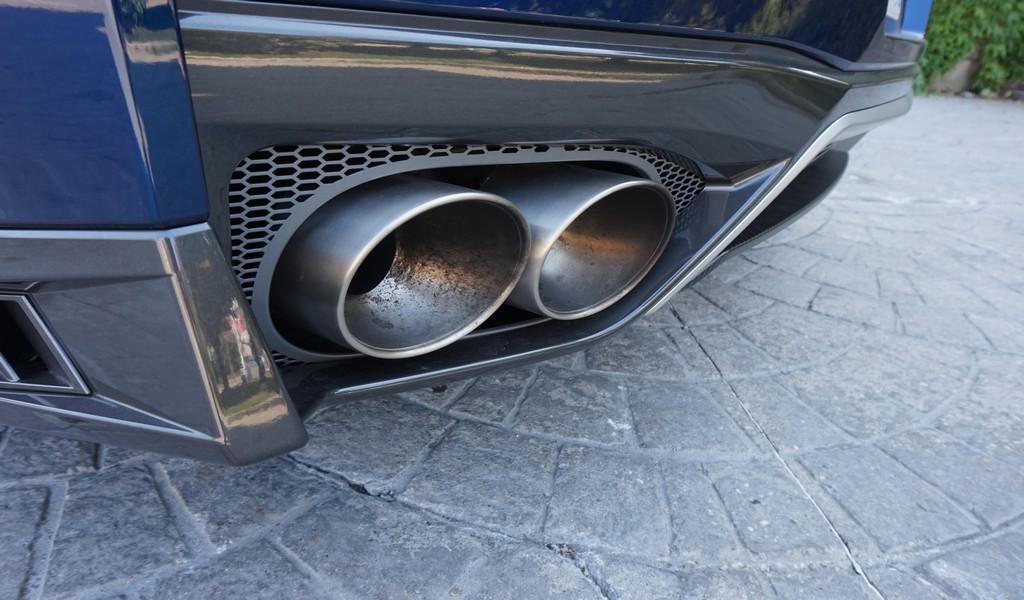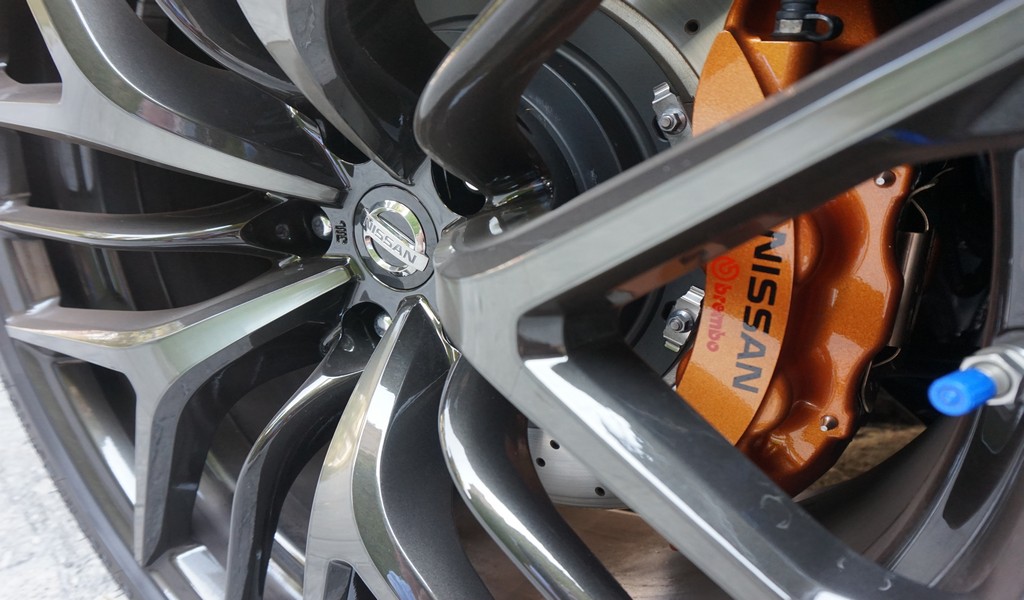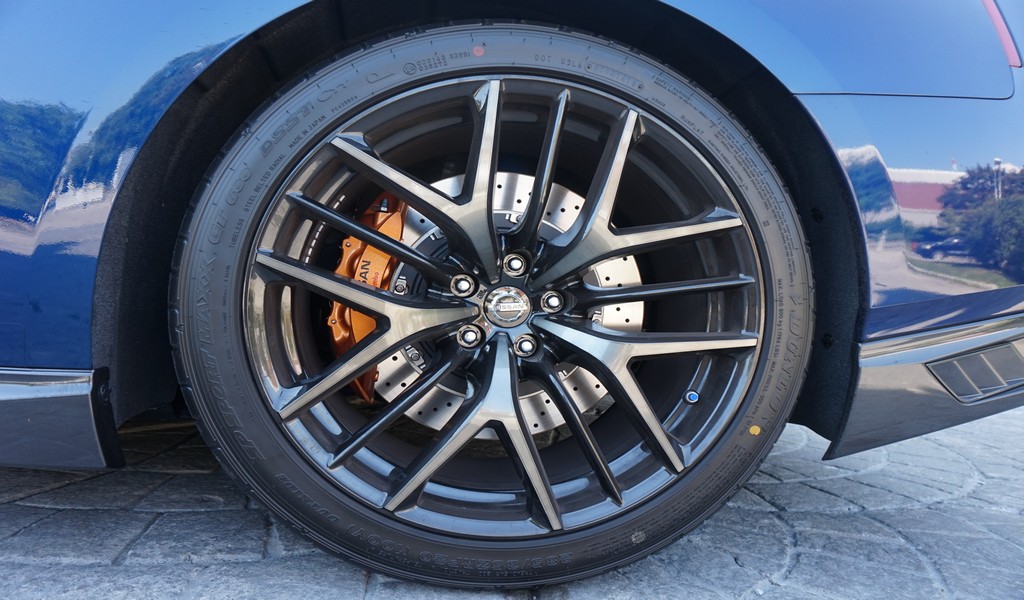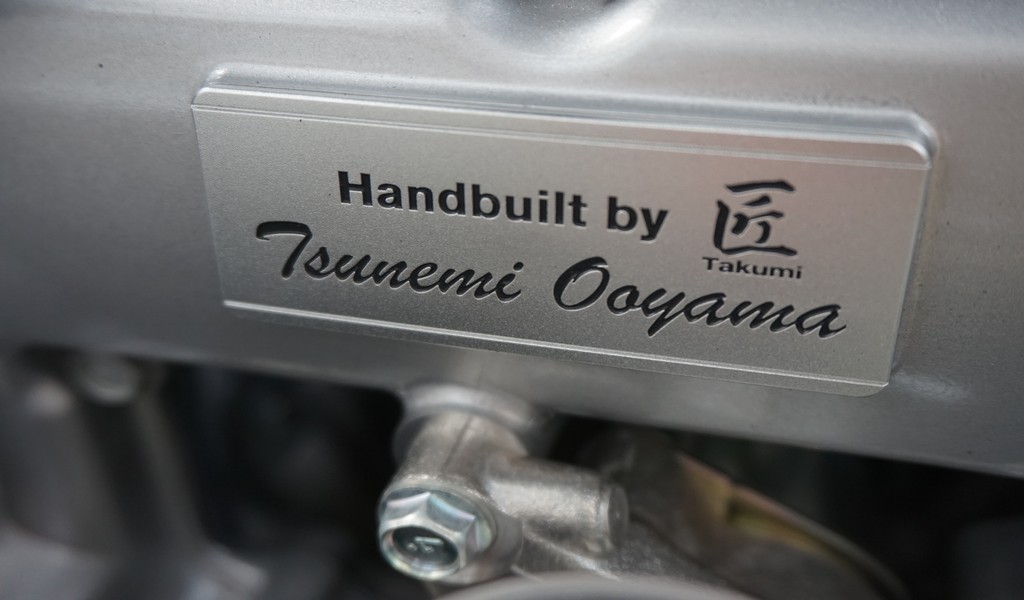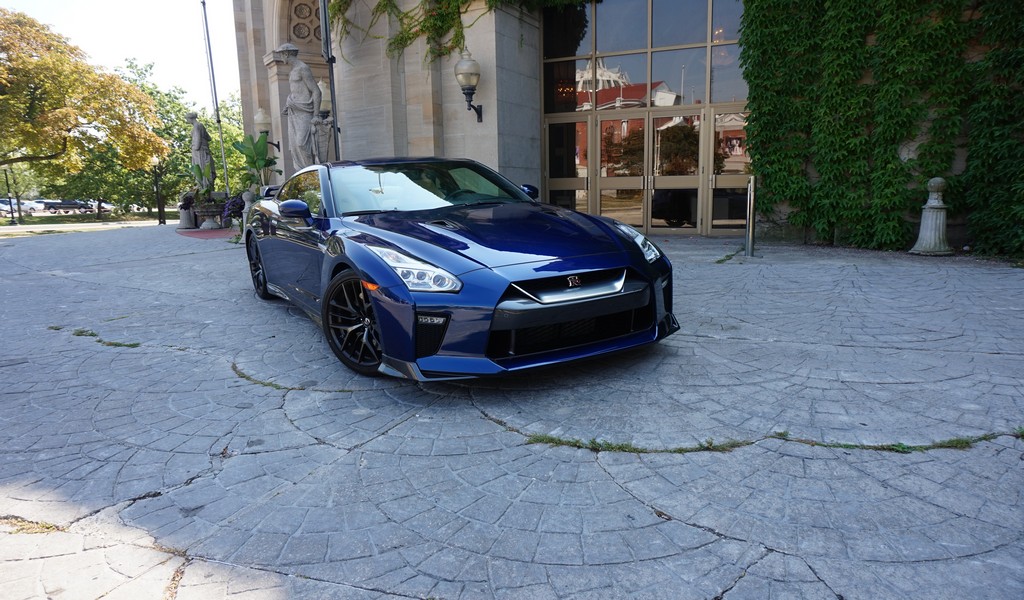
It only lasted for three days, but our time behind the wheel of the 2017 Nissan GT-R was memorable.
Dare I say it was one of the most memorable experiences we’ve ever had in a press vehicle – and we’ve driven a lot of cars, of all descriptions, over the past six years or so.
So what makes the GT-R so special?
Well for starters, it is a pretty rare sight on Canadian roads. Through the end of August, only 109 have been sold in Canada in 2016, although that figure represents a 16 percent sales increase over the same period last year.
The other thing that makes the GT-R stand out is its history, which dates back to 1969, when it debuted as the Skyline GT-R.
Those early Skyline GT-Rs, and their successors, were never sold in North America, but both Canada and the United States have become popular destinations for the importation of Japanese-market versions, particularly R32–R34 (1989-2002) models.
While no longer connected to the Skyline nameplate, the current GT-R is built on an updated version of the same front midship (FM) platform, known as premium midship (PM), and it also carries forward the chassis naming tradition (R35).
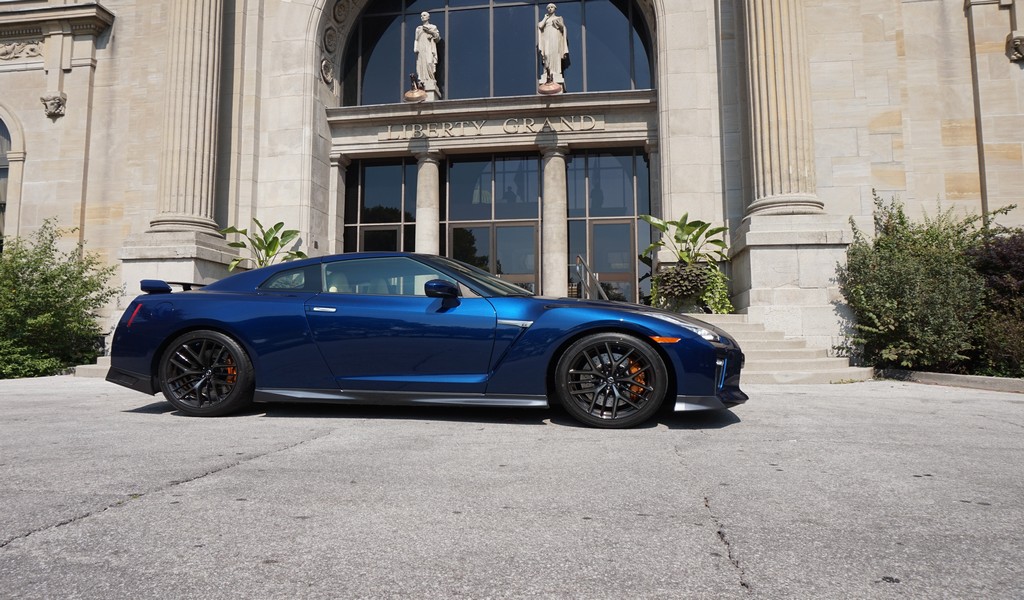
After production on the R34 ended in 2002, Nissan elected to split the GT-R from the Skyline. The production version of the R35 as its own separate model was revealed at the 2007 Tokyo Motor Show and went on sale in North America in the summer of 2008.
Although it has received a number of updates in terms of power output and design tweaks, the GT-R’s fundamentals have remained unchanged in the ensuing decade.
Power comes from Nissan’s built-by-hand 3.8-litre twin-turbo V6 mated to a six-speed dual-clutch automatic transmission that drives all four wheels.
Output has climbed steadily since 2008, and now sits at 565 horsepower and 467 lb-ft. for the 2017 model year, which are slight gains (20 hp / 4 lb-ft.) over 2016.
The ’17 also receives a number of exterior and interior design updates. The new front end has a chrome matte-finish V-motion grille, which has been enlarged to allow for better cooling. The hood is also new and has been reinforced to improve stability at high speeds.
A redesigned front spoiler lip and front bumper enhance the GT-R’s racecar looks, while adding downforce. The side sills have also been pushed out to improve the movement of air around the vehicle, helping to improve stability and keep the GT-R’s drag coefficient at a sparkling 0.26.
Inside, the GT-R’s cabin features a new dashboard wrapped in meticulously stitched Nappa leather and a revised centre stack that has fewer buttons (reduced from 27 to 11) and a larger 8-inch touchscreen navigation / infotainment display. Redundant controls are also available via the Display Command knob located on the centre console.
Also of note is the relocation of the shift paddles, which have been moved to the steering wheel to enable the driver to keep both hands on the wheel while shifting gears.
Canadian-market cars come with NissanConnect with Navigation, Mobile Apps and Services, which allow users to, via smartphone, lock and unlock doors, activate the alarm and notify emergency services.
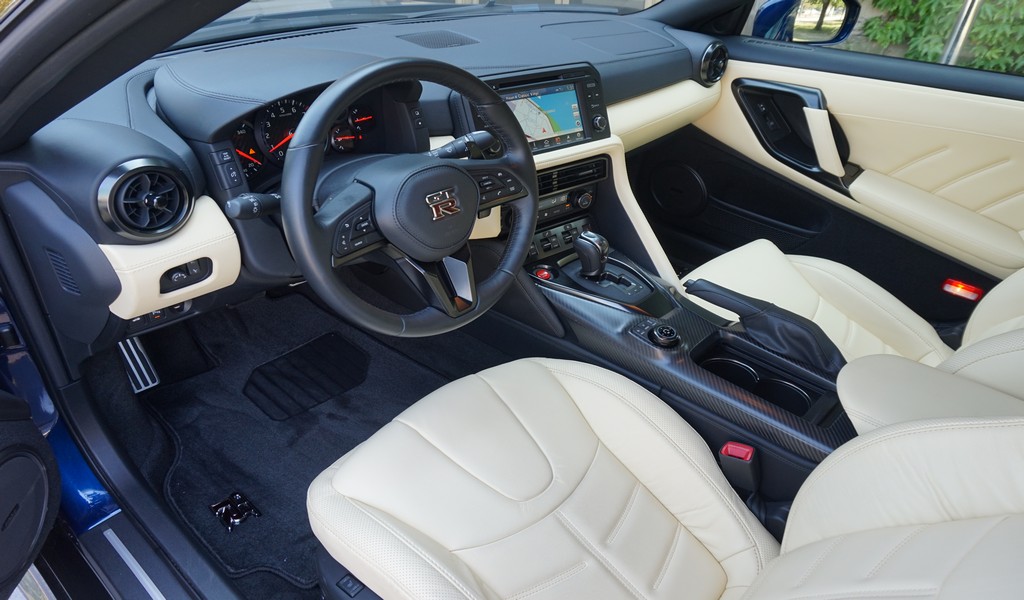
On the road, the GT-R is simply a delight to drive.
Like many supercars, it is blindingly fast, with a recorded 0-100 km/h time of less than three seconds.
What makes it truly engaging to drive, however, is its quick reflexes: steering, handling and, obviously, acceleration.
Even with its vehicle dynamics set on normal, the GT-R easily sprints away from red light stops, which makes slicing through city traffic and merging on to highway on-ramps a breeze.
The 3.8-litre twin-turbo V6 rumbles to life with the push of an appropriately red starter button on the centre console and, despite its prodigious power, is quite happy to hum along in the 2,500 rpm range in day-to-day driving situations.
When pushed a little harder, the turbos spool up nicely, the meat of the powerband is engaged and a pleasing drone emanating from the four-barrel exhaust filters through the GT-R’s cabin. The GT-R rockets forward with ease, producing the sort of grin-inducing nirvana most can only dream of as they plod along in rush-hour traffic in somewhat less exotic forms of transportation.
In addition to a visceral driving experience, the GT-R is awash in unique touches that constantly remind the driver they are experiencing something special.
From the red cover that sits atop the engine to the plate it wears with the name of the technician who assembled it by hand, to the smattering of GT-R badges, its boxy and Japanese robot-inspired design and its hallmark four-ring taillights, this car stands apart.
Even the GT-R badge itself echoes the illustrious history of the original Japanese supercar.
Staring at it while gripping the steering wheel and reaching for the starter button builds a sense of excitement shot through with anticipation.
Looking at the instrument cluster, with its whiteface analogue gauges and red needles that harken back to GT-Rs of yore reminds one that, for all its modern engineering and design, Nissan understands what matters, and it isn't TFT display screens.
It's about going fast.
Sure, it’s nice to be comfortable, it’s pleasing to run your fingers over handstitched leather and carbon fibre trim inserts, and having fewer buttons to fiddle with in the centre stack really is thoughtful, but none of that is justification alone for spending $125,000-plus on a car.
No, you buy a GT-R because want to go fast in a car that represents the pinnacle of Nissan’s engineering prowess, a car that gets the best of everything and makes no compromises.
A car that both benefits from its glorious past, but isn’t beholden to it. A machine that turns heads, that’s rare, yet manages to earn the immediate recognition and respect from all who gaze upon it.
This is why supercars exist, and the GT-R is a shining example of why they matter.

Next week: 2017 Nissan 370Z Touring Coupe
Note- because the GT-R wasn't planned, our schedule at TWPC is a bit jumbled up at the moment so here's what's happening. We'll be driving the 370Z this weekend with a review going up on Monday. After the 370Z goes back, we'll be sliding into a 2017 Subaru BRZ which will follow the normal Monday-Friday schedule. Got all that? Good. See you next week!
SPECIFICATIONS – 2017 Nissan GT-R Premium
BASE PRICE / AS TESTED: $125,000 / $132,500 (incl. $2,500 destination)
ENGINE: 3.8-litre twin-turbo V6 (VR38DETT)
HORSEPOWER: 565 hp @ 6,800 rpm
TORQUE: 467 lb-ft. @ 3,300 – 5,800 rpm
DRY WEIGHT: 1,784 kg
CONFIGURATION: front engine, all-wheel drive
TRANSMISSION: 6-speed dual-clutch automatic
FUEL ECONOMY RATINGS (CITY / HWY.): 14.5 / 10.7
WARRANTY (MOS. / KM): 36 / 60,000
ALTERNATIVES: Audi R8, Jaguar F-Type R, Mercedes-AMG GT, Porsche 911 Turbo S
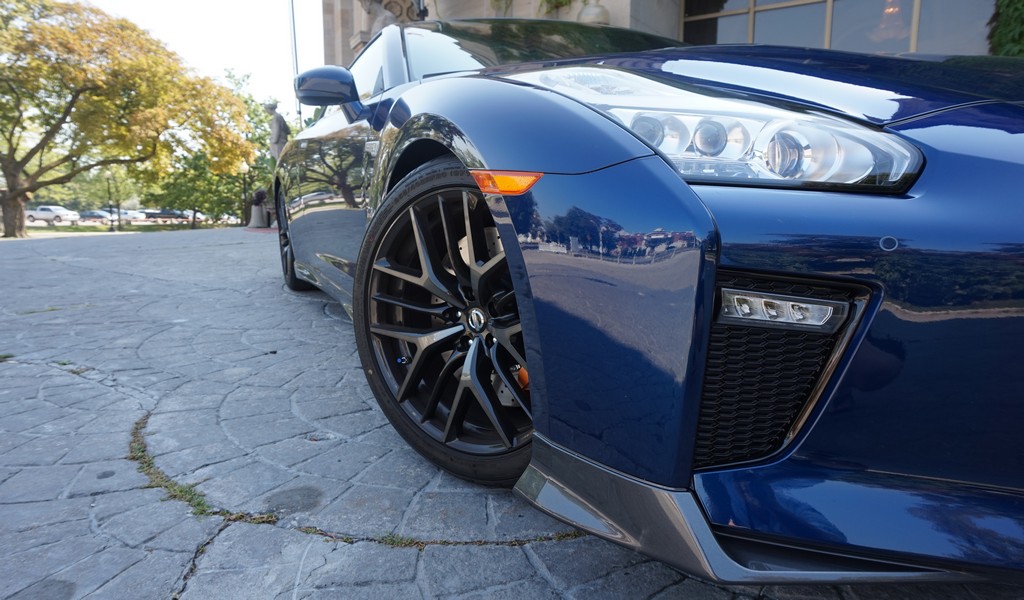 |
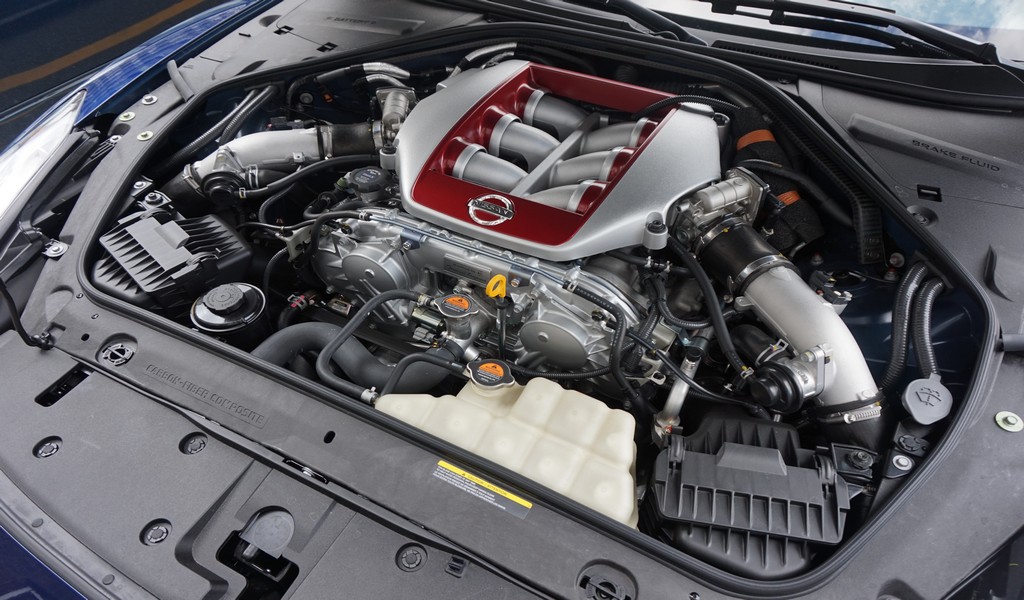 |
|
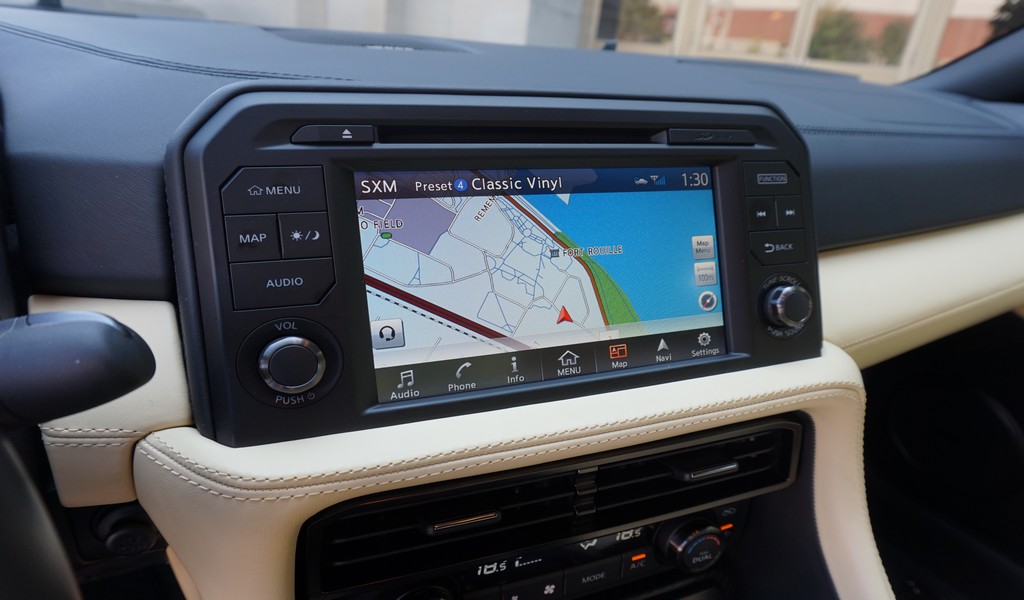 |
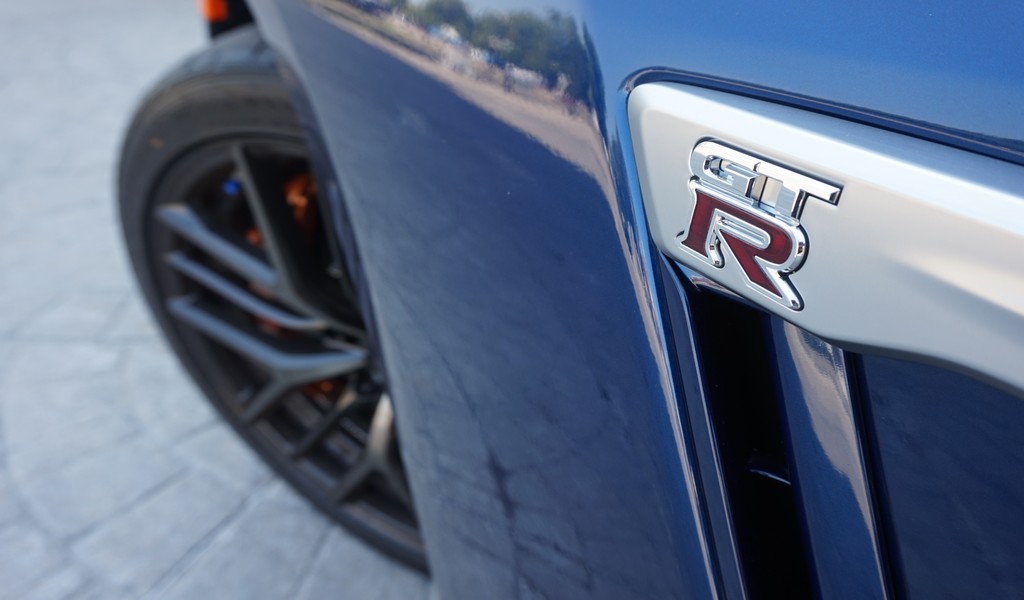 |
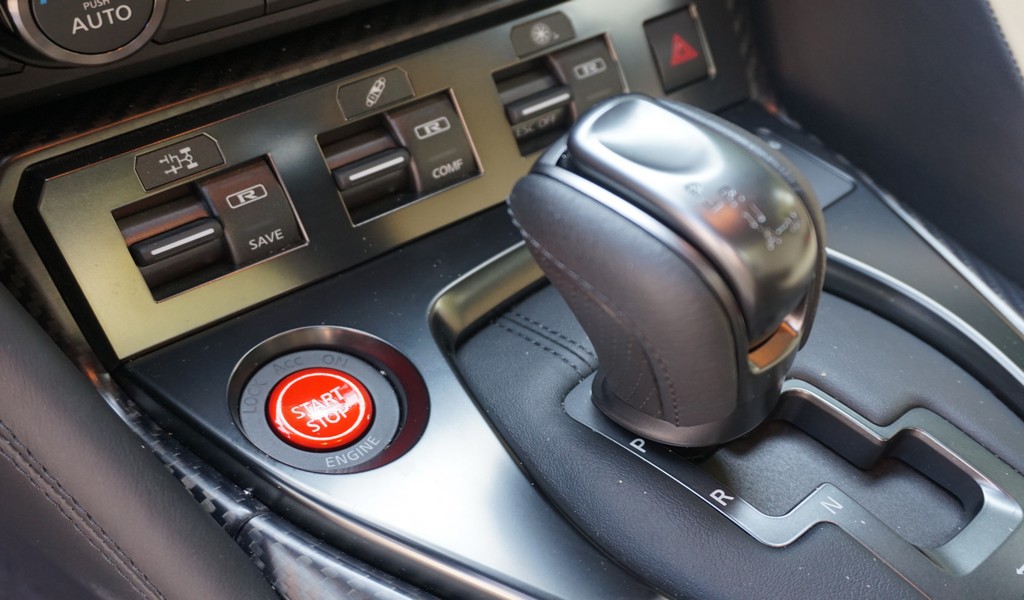 |
|
|
|
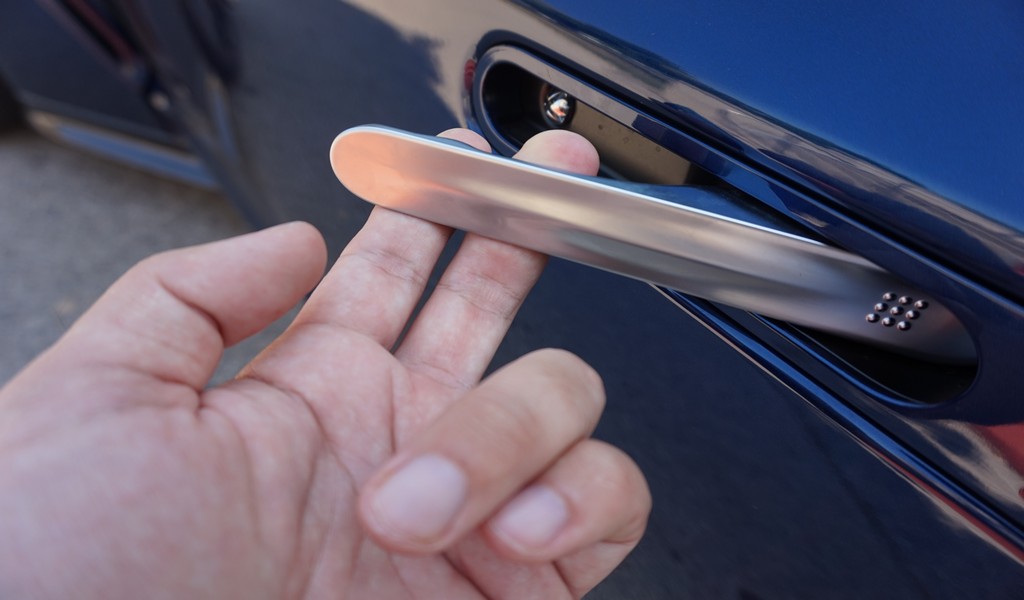 |
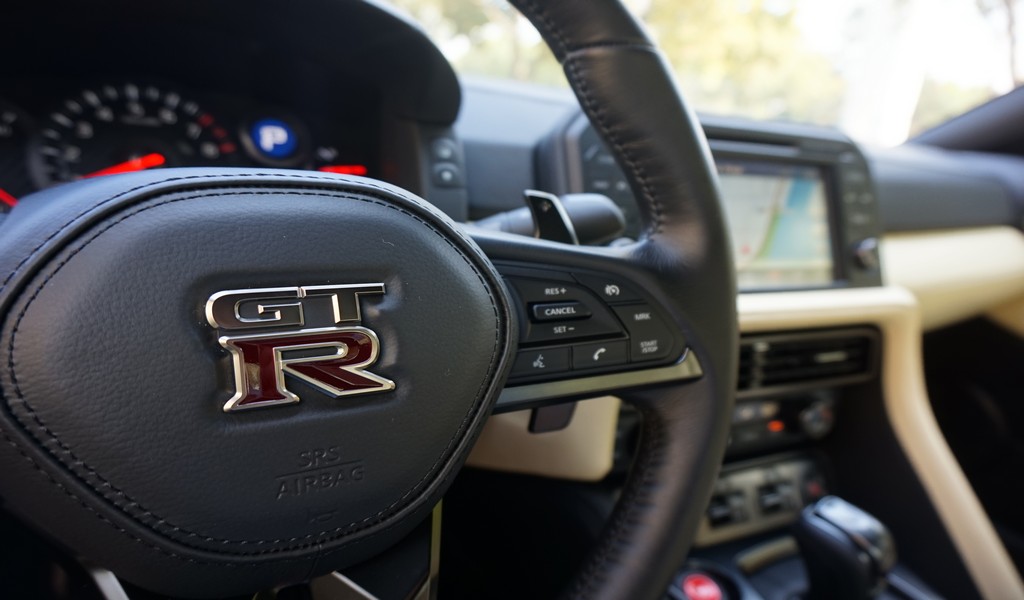 |
|
|
Photography by Lee Bailie




















